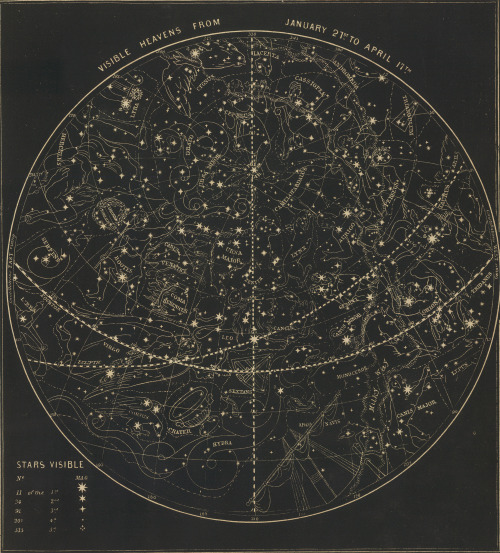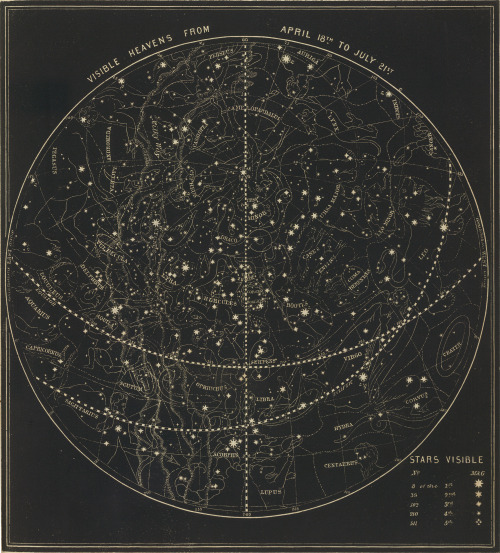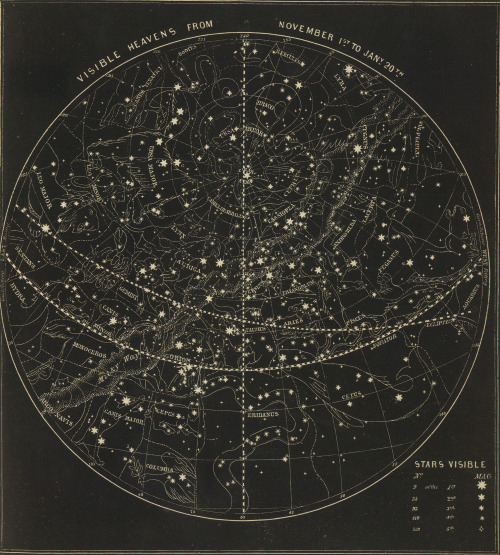Epic Map Reveals Mars’s Geography In Unrivalled Detail

Epic map reveals Mars’s geography in unrivalled detail
More Posts from Outofambit and Others
You know how there's like some mathematician or something, who like did some useful stuff but is primarily known for overshadowing that work by going to great lengths trying to convince people to blow up the moon or something?
I wanna be like that but the hill I'm dying on is that the moon should be considered a planet
guys
guys
less than three months til the games wizard play release

This Is Big: Scientists Just Found Earth’s First-Cousin
Right now, 500 light years away from Earth, there’s a planet that looks a lot like our own. It is bathed in dim orangeish light, which at high noon is only as bright as the golden hour before sunset back home.
NASA scientists are calling the planet Kepler-186f, and it’s unlike anything they’ve found. The big news: Kepler-186f is the closest relative to the Earth that researchers have discovered.
It’s the first Earth-sized planet in the habitable zone of another star—the sweet spot between too-hot Mercury-like planets and too-cold Neptunes— and it is likely to give scientists their first real opportunity to seek life elsewhere in the universe. “It’s no longer in the realm of science fiction,” said Elisa Quintana, a researcher at the SETI Institute.
But if there is indeed life on Kepler-186f, it may not look like what we have here. Given the redder wavelengths of light on the planet, vegetation there would sprout in hues of yellow and orange instead of green.
Read more. [Image: NASA Ames/SETI Institute/JPL-Caltech]

A remarkable new study on how whales behaved when attacked by humans in the 19th century has implications for the way they react to changes wreaked by humans in the 21st century. The paper, published by the Royal Society on Wednesday [17 March 2021], is authored by Hal Whitehead and Luke Rendell, pre-eminent scientists working with cetaceans, and Tim D Smith, a data scientist, and their research addresses an age-old question: if whales are so smart, why did they hang around to be killed? The answer? They didn’t. Using newly digitised logbooks detailing the hunting of sperm whales in the north Pacific, the authors discovered that within just a few years, the strike rate of the whalers’ harpoons fell by 58%. […] Before humans, orca were their only predators […]. It was a frighteningly rapid killing, and it accompanied other threats to the ironically named Pacific. From whaling and sealing stations to missionary bases, western culture was imported to an ocean that had remained largely untouched […].
——-
Headline and text published by: Philip Hoare. “Sperm whales in the 19th century shared ship attack information.” The Guardian. 17 March 2021.


Catching a sperm whale during the 19th century was much harder than even Moby Dick showed it to be. That’s because sperm whales weren’t just capable of learning the best ways to evade the whalers’ ships, they could quickly share this information with other whales, too, according to a study of whale-hunting records. […]
“At first, the whales reacted to the new threat of human hunters in exactly the same way as they would to the killer whale, which was their only predator at this time,” study lead author Hal Whitehead, a professor of biology at Dalhousie University in Nova Scotia, told Live Science. “[The sperm whales] all gathered together on the surface, put the baby in the middle, and tried to defend by biting or slapping their tails down. But when it comes to fending off Captain Ahab that’s the very worst thing they could do, they made themselves a very large target.”
The whales seem to have learned from their mistakes, and the ones that survived quickly adapted — instead of resorting to old tactics, the whalers wrote in their logbooks, the sperm whales instead chose new ones, swimming fast upwind away from the whalers’ wind-powered vessels. […]
The whales communicated with and learned from each other rapidly, and the lessons were soon integrated into their wider culture across the region, according to the researchers’ interpretation of the data.
“Each whale group that you meet at sea typically comprises two or three family units, and the units quite often split off and form other groups,” Whitehead said. “So, what we think happened is that one or two of the units that make up the group could have had encounters with humans before, and the ones who didn’t copied closely from their pals who had.“
Sperm whales are excellent intel sharers: Their highly observant, communicative nature, and the fact that each family unit only stays in larger groups for a few days at a time, means they can transmit information fast.
As studies show, that information could be news on new threats, new ways to hunt or new songs to sing.
——-
One example of whales’ extraordinary information sharing abilities involves lobtail feeding, in which a humpback whale slaps its tail hard against the water’s surface, submerges to blow disorienting bubbles around its prey, and then scoops the prey up in its mouth. Researchers first observed this tactic being used by a single whale in Cape Cod, Massachusetts, in 1980, before it spread throughout the regional population in just 10 years.
Whale culture also extends far deeper than innovative ways to feed. “Sperm whales are divided into acoustic cultural climates,” Whitehead said. “They split themselves into large clans, each with distinctive patterns of sonar clicks, like a dialect, and they only form groups with members of the same clan.”
Different whale clans each have different ways of singing, moving, hunting and looking after their calves. These differences are profound enough to even give some clans a survival advantage during El Nino events, according to Whitehead. […]
In the 20th century, whales, especially the 13 species belonging to the category of ‘great whales’ — such as blue whales, sperm whales and humpback whales — found themselves pursued by steamships and grenade harpoons that they could not escape. These whales’ numbers plummeted and they soon faced extinction. […] [T]hey still face the growing destabilization of their habitats brought about by industrial fishing, noise pollution and climate change.
——-
Headline, image, caption, and text published by: Ben Turner. “Sperm whales outwitted 19th-century whalers by sharing evasive tactics.” Live Science. 19 March 2021.
the trees you grew up with have not forgotten you. their branches still whisper your name in the breeze and their roots remember the paths your feet once traced through their shade.
Rebloggable-d by request: Names in the Speech
So this may be an odd question, and not one you’ve thought about much — but how would the Speech interact with someone who uses/identifies as a different name than their birth/legal name? I don’t mean like Kit — presumably his name in the Speech would include a phrase along the lines of ‘Christopher, called Kit’ — but a case where the birth name has been ‘rejected’, and isn’t part of the wizard’s identity at all.
intheafterlight
Top Ten Female Characters from Books or Television
2) Nita Callahan
Favorite quote: “Wow, who sold you that one? I think I’ll go ennoble a couple waffles.” (And basically all of books 6 and 9 where she saves the day)
Nita is my favorite book heroine ever. From the very beginning, I related to her completely for her love of reading and learning, and for being made fun of for it. She is one of the most relatable characters I’ve ever come across. She’s young, but seems so much older- whether because of the wizardry and the responsibility that comes along with it, or because everyone always feels like they’re more mature than the world thinks they are. She shows us that you don’t have to be a respected adult to change (or to save) the world. She’s insecure, selfish, moody (like when she snaps at Kit for no reason), but she also can admit when she’s messed up and learns from her mistakes. She considers giving up wizardry and her best friend to save her mother. She almost goes through with sacrificing herself to save the world (even though she wasn’t too happy about it when she first found out that’s what she got herself into) when she was what, 12/13? She’s quick in a crisis, and very smart. In A Wizard Alone, she taught me so much about grieving, and I wished those books had been there for me when my own mom passed away (though I was probably a bit too young then). Not to mention that in A Wizard Alone she singlehandedly saves the day, using what the Lone Power tried to use to bring her down to bring It down, and save Darryl and Kit. She also nearly singlehandedly saves the day in A Wizard of Mars, not letting her jealousy or anger get in the way of what needed to be done, while also being rather bad ass about it. Nita taught me that it’s okay to be angry- you can use it to your advantage. She helped to teach me that what people think of you doesn’t matter. The people who made fun of/beat up Nita didn’t know that she helped save their lives more than once, and she never let them color her view of humanity. She never once doubted that their lives weren’t worth saving, despite how they treated her. She showed me that being a good sister doesn’t mean you can’t fight and tease each other sometimes. She went from being very dependent on Kit- always giving her power to him, helping him rather than the other way around- to being a very good, independent wizard who stands on her own and stands tall.
see, the thing about the young wizards series is
the thing about diane duane is
she infuses everything with so much life. she gives everything thoughts and feelings and personality. she makes you care about them, makes them matter. from grass chorusing “grow grow grow” to planets explaining how they show affection towards fellow celestial bodies by resonating
it’s beautiful, and it’s vital in the truest sense of the word. and I love it. it’s important on a level that I can’t even fully comprehend. it’s almost spiritual
I never thought of myself as a spiritual person, never felt moved by something larger than me. but the things I’ve read about in this series? the intention and compassion and wonder for all things
that’s something I can believe in
-
 natdujour reblogged this · 8 years ago
natdujour reblogged this · 8 years ago -
 melsmorgue reblogged this · 10 years ago
melsmorgue reblogged this · 10 years ago -
 aurltas liked this · 10 years ago
aurltas liked this · 10 years ago -
 astrolobe reblogged this · 10 years ago
astrolobe reblogged this · 10 years ago -
 swirlingreblogs reblogged this · 10 years ago
swirlingreblogs reblogged this · 10 years ago -
 parsons-maps liked this · 10 years ago
parsons-maps liked this · 10 years ago -
 ineverywordandsong reblogged this · 10 years ago
ineverywordandsong reblogged this · 10 years ago -
 crossgartered reblogged this · 10 years ago
crossgartered reblogged this · 10 years ago -
 crossgartered liked this · 10 years ago
crossgartered liked this · 10 years ago -
 briardragon reblogged this · 10 years ago
briardragon reblogged this · 10 years ago -
 urbanoceanix reblogged this · 10 years ago
urbanoceanix reblogged this · 10 years ago -
 rakenrolrobin reblogged this · 10 years ago
rakenrolrobin reblogged this · 10 years ago -
 condescendingtoews reblogged this · 10 years ago
condescendingtoews reblogged this · 10 years ago -
 strongtheforceis-blog liked this · 10 years ago
strongtheforceis-blog liked this · 10 years ago -
 oystercakes liked this · 10 years ago
oystercakes liked this · 10 years ago -
 danzithedragon liked this · 10 years ago
danzithedragon liked this · 10 years ago -
 pigeoniridescence reblogged this · 10 years ago
pigeoniridescence reblogged this · 10 years ago -
 omsimjohnlocked reblogged this · 10 years ago
omsimjohnlocked reblogged this · 10 years ago -
 dancingsiha reblogged this · 10 years ago
dancingsiha reblogged this · 10 years ago -
 greaterandpowerfuller reblogged this · 10 years ago
greaterandpowerfuller reblogged this · 10 years ago -
 greaterandpowerfuller liked this · 10 years ago
greaterandpowerfuller liked this · 10 years ago -
 jennistarjs liked this · 10 years ago
jennistarjs liked this · 10 years ago -
 chasingriversong reblogged this · 10 years ago
chasingriversong reblogged this · 10 years ago -
 kian-rambleon reblogged this · 10 years ago
kian-rambleon reblogged this · 10 years ago -
 autisticbee reblogged this · 10 years ago
autisticbee reblogged this · 10 years ago -
 autisticbee liked this · 10 years ago
autisticbee liked this · 10 years ago -
 veronicahamilton liked this · 10 years ago
veronicahamilton liked this · 10 years ago -
 tmwrighting reblogged this · 10 years ago
tmwrighting reblogged this · 10 years ago -
 andersien reblogged this · 10 years ago
andersien reblogged this · 10 years ago -
 jescritora liked this · 10 years ago
jescritora liked this · 10 years ago -
 madmaudlingoes reblogged this · 10 years ago
madmaudlingoes reblogged this · 10 years ago -
 chell-shook liked this · 10 years ago
chell-shook liked this · 10 years ago -
 strange-itch liked this · 10 years ago
strange-itch liked this · 10 years ago -
 kingofherringsdeactivated liked this · 10 years ago
kingofherringsdeactivated liked this · 10 years ago -
 cecile-palmer-blog liked this · 10 years ago
cecile-palmer-blog liked this · 10 years ago -
 dubiousculturalartifact reblogged this · 10 years ago
dubiousculturalartifact reblogged this · 10 years ago -
 sweetfishsticks liked this · 10 years ago
sweetfishsticks liked this · 10 years ago -
 kenporusty reblogged this · 10 years ago
kenporusty reblogged this · 10 years ago -
 tayefeth reblogged this · 10 years ago
tayefeth reblogged this · 10 years ago -
 hellasam reblogged this · 10 years ago
hellasam reblogged this · 10 years ago -
 realms-master liked this · 10 years ago
realms-master liked this · 10 years ago -
 banans13 reblogged this · 10 years ago
banans13 reblogged this · 10 years ago -
 banans13 liked this · 10 years ago
banans13 liked this · 10 years ago -
 fictionalfriend reblogged this · 10 years ago
fictionalfriend reblogged this · 10 years ago -
 cafesaturn reblogged this · 10 years ago
cafesaturn reblogged this · 10 years ago -
 pigeoniridescence liked this · 10 years ago
pigeoniridescence liked this · 10 years ago
A personal temporospatial claudication for Young Wizards fandom-related posts and general space nonsense.
288 posts








